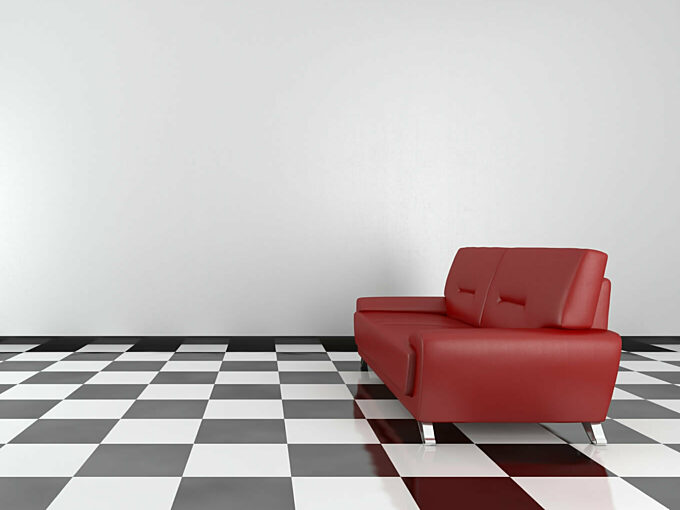Light Reflectance Value Testing for Visual Contrast Compliance
Measuring the Light Reflectance Value (LRV) of materials is crucial for ensuring the safety and accessibility of buildings throughout their design, construction, and maintenance phases. Considering the sensitivity of the human eye, LRV represents the percentage of visible light reflected by a surface, ranging from 0 to 100, with one hundred indicating complete reflectance and zero representing no reflectance. LRV serves as a vital tool for specifying and managing contrasts between materials, fixtures, fittings, and surfaces within the built environment.

In 2013, 'Access to and Use of Buildings' was published within the Building Regulations, focusing on requirements to assist the disabled, including the visually impaired. Visual contrast is crucial in ensuring accessibility, and one effective method for achieving this is through Light Reflectance Value (LRV) testing.
Our services include LRV measurement, testing and consultancy to help you meet regulatory standards.
Areas of interest for visual contrast:
- wall to ceiling junctions
- wall to floor junctions
- seating areas and surroundings
- door edges, furniture, and surfaces
- stair nosings
- sanitary fittings and grab bars
At Lucideon, we specialise in LRV testing and consultancy, leveraging our expertise in colour measurement and standards. We adhere to current regulations and Codes of Practice, including BS 8300:2009 +A1:2010, which mandates a minimum LRV of 20 for surfaces with illuminance values exceeding 200 lux.
Our services cater to designers, end-users, and manufacturers seeking to ensure compliance with accessibility standards.
Contact us today to learn more about our LRV measurement and testing services and how we can assist you in meeting regulatory requirements.
